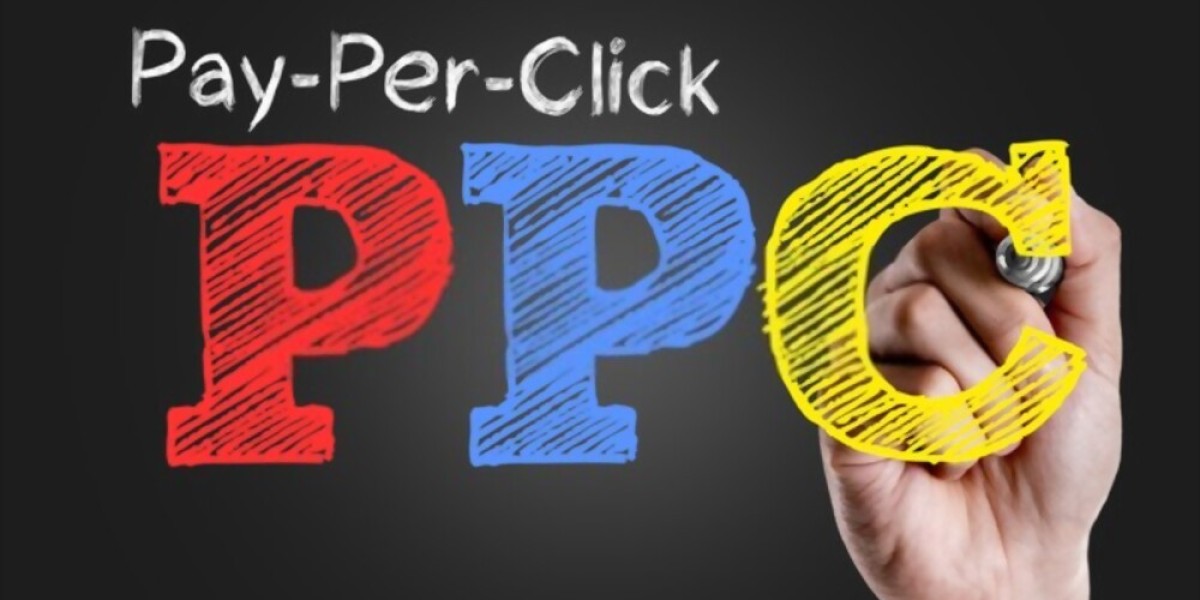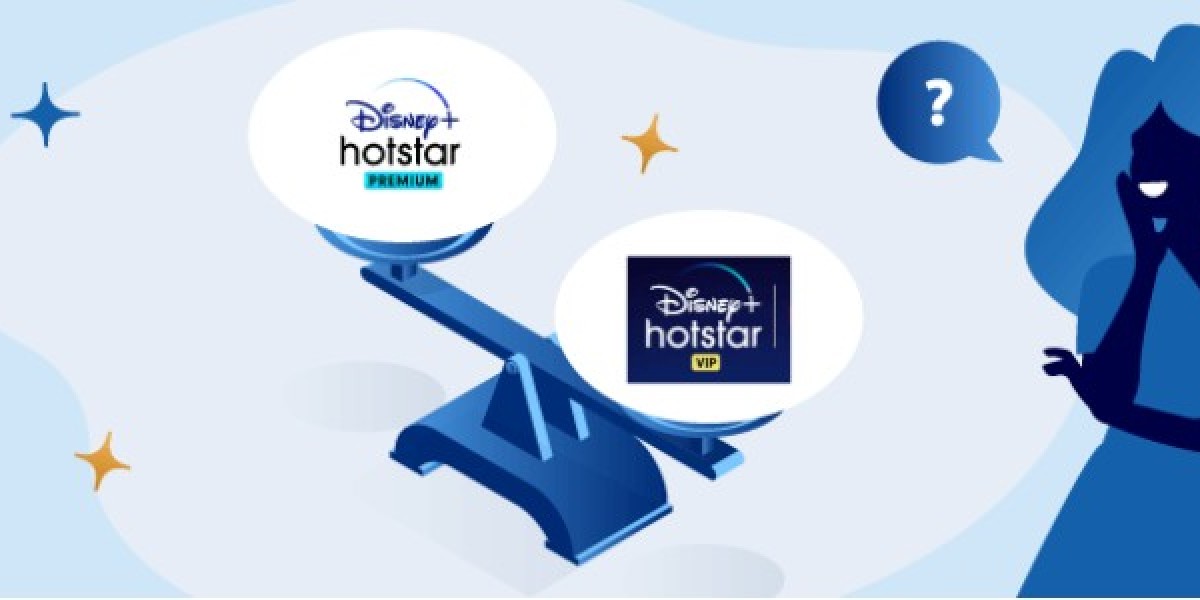PPC is a key component to your marketing strategy that can help drive sales, increase leads and grow your business. While every brand and industry is different, there are some tried and true tactics that consistently deliver success.
Use research tools to expand and eliminate words that are too competitive or arent getting clicks. This will be a continual process during your campaign.
Set Your Goals
When deciding how to use PPC, the first step is to define your goals. Then you can decide on a platform, ad type or campaign types to use. Each choice will impact the success of your campaign in a different way, and youll want to choose carefully so that its a good fit for your objectives.
For example, if your goal is to generate leads, you may opt to run search ads with CTAs that encourage users to contact you. Youll also need to optimize your landing page to ensure that its ready to convert. To increase your conversions, youll need to provide a clear and persuasive call to action (CTA), and make it as easy as possible for users to complete the desired action.
If your goal is to drive traffic, youll probably run search and/or display ads. This can help you reach a highly targeted audience, and youll also be able to measure how many clicks your ads receive, and how many visits to your site.
With search ads, youll want to pay close attention to your quality score and keyword research. Poor keywords can cause your ad to be shown less frequently, and even get it banned altogether. To improve your quality score, youll need to focus on the most relevant keywords for your audience, and eliminate any irrelevant search terms. Youll also want to consider whether to use automatic bidding or set a manual bid for each keyword.
With display ads, you can place your ads on websites that cater to your audience, which will help you gain visibility and brand recognition. If youre targeting consumers in the awareness stage of the sales funnel, this can be a great way to introduce your brand and start building customer trust. You can also take advantage of Google Shopping, which displays your products in an image carousel and helps potential customers find what theyre looking for. This can be a fantastic way to drive conversions and grow your eCommerce business.
Create Ads
When it comes to launching a new brand in paid advertising, there are some fundamental tasks that need to be completed to ensure the campaign is ready to go. This includes optimizing landing pages, choosing keywords and a bidding strategy, and creating ads. Once the ads are created, they must then be tested, tracked, measured, and tweaked to ensure that they are performing as expected.
PPC is not easy, but its also not impossible if you know what youre doing. The key is to be clear about your goals, create ads that align with your sales funnel, and use the right tools for the job.
There are several different types of PPC ads, including search and display. Search ads are text-based and appear on search engine results pages (SERPs), while display ads are image-based and are displayed on other websites or social media channels. Depending on your goals, you may want to run a mix of campaigns, or you may prefer to focus on one type of campaign for the time being.
When creating an ad, its important to consider the keywords and audience targeting you are using, and how these will relate to the conversion goals youve set for your campaign. For example, if you are trying to increase brand awareness, a display ad with engaging imagery can be an excellent way to achieve this goal. In contrast, a search ad with a call to action would be more effective at driving clicks and conversions.
The next step is to choose your budget and bidding strategy. Some brands prefer to start with automated bidding, which allows Google to select what it thinks is the best bid for your ad. However, this can be tricky to get started with, and its usually better to begin with manual bidding and gradually move toward automation over time.
Once youve chosen your budget and bid strategy, its time to create your ad. This can be a challenging task, but its essential to take the time to write compelling copy and test multiple variations of your ad. This will help you determine which ads perform the best, and which ones require optimization.
Track Your Results
If youre running any kind of online marketing campaign, you need to understand the metrics that are important for your success. But not all metrics are created equal, and it can be easy to get overwhelmed by the different kinds of data available.
To make sure youre getting the most out of your PPC campaigns, its important to focus on tracking metrics that matter specifically those that align with your goals and allow you to measure progress towards those goals. Some of these metrics include clicks, conversions, return on ad spend (ROAS), and more.
Clicks are one of the most important metrics to keep an eye on because they indicate how many people are engaging with your ads. Theyre the best indicator of whether or not your ad is relevant to your audience and is attracting their attention, so its essential to have clear calls-to-action in your ads and landing pages to encourage clicks.
Another important metric to track is your ads cost-per-click (CPC), which shows how much youre paying for each click. This can help you evaluate your budget and performance, as well as identify areas for improvement. If your CPC is too high, it may be time to optimize your campaign by changing your bids or adjusting your keywords.
Finally, its important to track your conversions, which are the actions that take place once users have clicked on your ad. These could be anything from website visits to phone calls or form fills. You can track these metrics using Google Analytics, which will give you a holistic picture of how your ads are performing. Once youve set up your tracking, its important to review and monitor your results regularly. This will ensure that youre on track to reach your campaign goals.
Optimize Your Ads
As a digital marketing professional, it's important to regularly assess your current strategy and campaigns. That way, you can make any necessary adjustments to improve your results. PPC is one such tactic that you should be assessing often to keep it as effective as possible.
Whether it's reviewing the performance of your keywords, testing new ad copy or adding a Facebook pixel to your landing pages, there are a number of ways you can optimize your pay-per-click advertising for greater success. To get you started, we've put together a list of our top tips for optimizing your ads.
1. Review Your Keywords
This is an essential first step to any PPC optimization strategy. You need to know what's working and what isn't, so you can remove underperforming keywords and focus on the ones that are making a difference. To do this, use a keyword tool to see what keywords are performing well and which ones may need to be tweaked. For example, you might want to change the ad text for underperforming keywords to include more of your unique selling point.
2. Test Ad Copy
It's important to constantly test and optimize your ad copy to ensure that it's getting the best results. This can be done by using the AdWords Editor to create multiple ad versions and rotating them between each other. By doing this, you can measure which ad is performing better and which isn't, so you can continually refine your ads to boost click-through rates and conversions.
3. Use Advanced Targeting Techniques
Depending on your goals, you may also need to implement more advanced bidding and targeting strategies to achieve the ROAS that you're looking for. For example, you can try query segmentation to prioritize revenue-driving keywords and increase your ad's exposure.
4. Add a Call-to-Action
As with any form of online marketing, it's important to have a strong call-to-action (CTA) to encourage your audience to take the desired action. Having a clear and concise CTA helps to improve the effectiveness of your ad, which in turn can increase your ROI.







